Chemistry
Sign up for our newsletter
We summarize the week's scientific breakthroughs every Thursday.
-
 Chemistry
ChemistryAncient recipes led scientists to a long-lost natural blue
Led by medieval texts, scientists hunted down a plant and extracted from its tiny fruits a blue watercolor whose origins had long been a mystery.
-
 Physics
PhysicsHere’s how the periodic table gets new elements
Today’s scientists keep adding to the periodic table. But an element has to earn its spot.
-
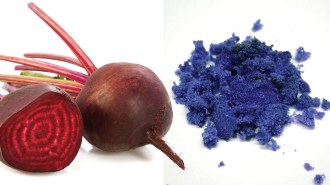 Chemistry
ChemistryBeets bleed red but a chemistry tweak can create a blue hue
A new blue dye derived from beet juice might prove an alternative to synthetic blue dyes in foods, cosmetics or fabrics.
By Carmen Drahl -
 Health & Medicine
Health & MedicineYou can help fight the coronavirus. All you need is a computer
With Folding@home, people can donate computing time on their home computers to the search for a chemical Achilles’ heel in the coronavirus.
-
 Chemistry
ChemistryThirdhand smoke wafting off moviegoers hurts air quality in theaters
Nonsmoking theaters can still get exposed to cigarette-related pollutants carried in on audience members’ bodies and clothing.
-
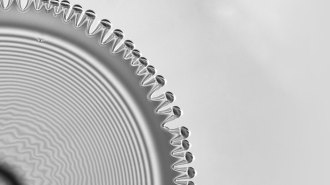 Chemistry
ChemistryEvaporating mixtures of two liquids create hypnotic designs
Through the magic of surface tension, mixtures of two liquids form fingerlike protrusions and other patterns as droplets evaporate.
-
 Materials Science
Materials ScienceThe containers the U.S. plans to use for nuclear waste storage may corrode
The different components of a nuclear waste storage unit start to corrode each other when wet, new lab experiments show.
-
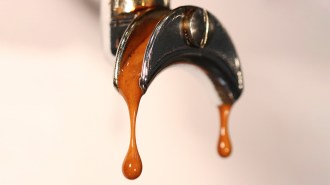 Chemistry
ChemistryHow to brew a better espresso, according to science
To make more consistent and affordable espresso shots, use fewer beans and grind them more coarsely, a new study says.
-
 Space
SpacePhosphorus, a key ingredient of life, has been found in a newborn star system
Astrochemists map phosphorus-bearing molecules in a star-forming cloud, giving clues to how this vital element may have arrived on Earth.
By Adam Mann -
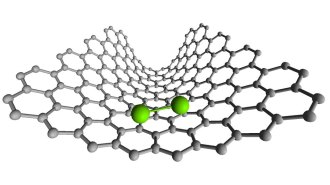 Chemistry
ChemistryA dance of two atoms reveals chemical bonds forming and breaking
Two rhenium atoms approach and retreat from one another in an electron microscope video.
-
 Planetary Science
Planetary ScienceRibose, a sugar needed for life, has been detected in meteorites
Samples of rocks that fell to Earth contain a key molecular ingredient of RNA, part of life’s genetic machinery.
-
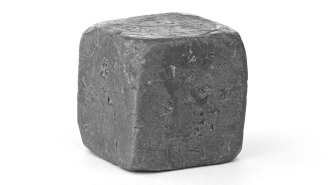 Materials Science
Materials ScienceLead becomes stronger than steel under extreme pressures
Lead is a soft metal, easily scratched with a fingernail. But that changes dramatically when the metal is compressed under high pressures.